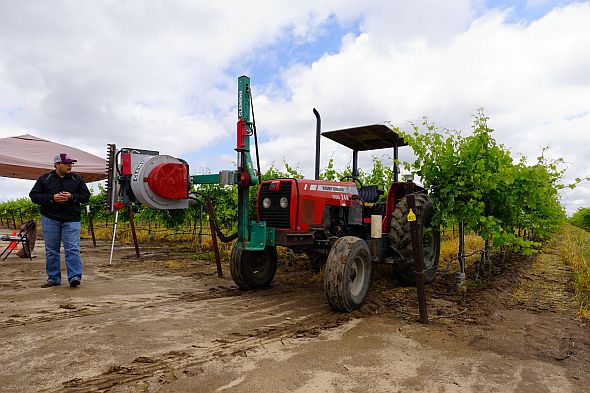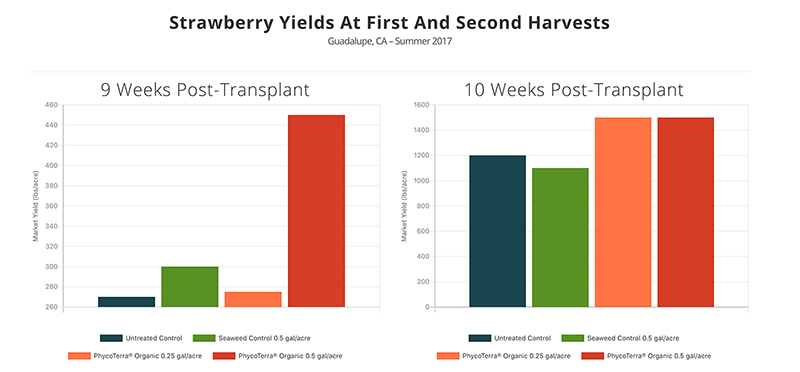The Benefits Of Vineyard Mechanization

Matthew Fidelibus
Labor accounts for a substantial fraction of the production costs of most fruits, including grapes. Manual harvest is particularly laborious, and was thus among the first tasks to be mechanized.
Since the 1960s, when commercial grape harvesters first came into use, vine training and trellis systems have been developed and refined to facilitate mechanical harvest, and harvest machines also steadily improved such that most winegrapes in California are now machine-harvested.
After harvest, the next most laborious viticultural practice is pruning. Mechanical pruning equipment has also been available for decades, and many winegrape growers use such equipment for pre-pruning, with a crew completing the job manually. Without additional manual pruning, too many nodes may be left behind, resulting in overcropped vines.
S. Kaan Kurtural, professor of viticulture and Bronco Wine Company Viticulture Research Chairman at California State University-Fresno (CSUF), has been working for several years to address this and other related canopy management issues. He shared his research findings and experience on optimizing the use of machines to prune and manage winegrape canopies in the San Joaquin Valley at the first Viticulture Mechanization and Sensing Workshop, at CSUF.

S. Kaan Kurtural discusses the use of a mechanical leafing machine for wine grape canopy management.
(Photo credit: Matthew Fidelibus)
Advantages Of Mechanization
Machine pruning offers many advantages beyond labor savings. Machine-pruned vines often produce smaller berries of similar or better composition than hand-pruned vines, but, as mentioned, they are prone to overcropping in the first several years after the introduction of mechanical pruning. However, Kurtural has shown that mechanical shoot thinners may be used to reduce shoot density of mechanically pruned vines, thereby helping to regulate yields, improve fruit zone microclimate, and produce fruit of similar or better quality as hand-pruned vines.
He shared with us the following pruning and canopy management guidelines for red wine grapes. First, mechanically prune to a 4 inches hedge. For varieties with an upright growth habit, such as Cabernet Sauvignon, you should thin shoots to 11 shoots per foot, and leaves to 3-4 leaf layers (on the morning-sun side). Vines with a drooping habit, such as Syrah, should not be shoot thinned.
Shoot thinning (in early spring) and leafing (pre bloom) can both be done mechanically, with various machines that were on display at the workshop. Kurtural also recommended similar shoot thinning for white winegrapes, but did not recommend leafing them.
More To Canopy Management Than Just Pruning
Irrigation management strongly affects vine growth, so it must be considered integral to any canopy management strategy. For red winegrapes, Kurtural said seasonal irrigations should commence after mid-day leaf water potentials decline to -8 bars.
From then on, he recommended watering at 80% of potential crop evapotranspiration, monitoring water potential in an attempt to keep it at about -12 bars. Irrigation for white wine grapes is similar to reds. However, he suggested white grapes be subjected to less stress (-10 bars) than red varieties between bloom and set, and from veraison to harvest.
The strategies Kurtural presented have worked well in the San Joaquin Valley, producing acceptable yields of fruit with desired fruit composition, while minimizing labor costs. However, he stresses that the guidelines he has developed are not a “silver bullet.” Each vineyard is unique so some treatments will not be appropriate in every vineyard.










